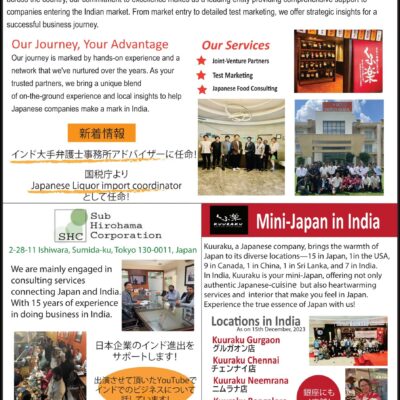
Tokyo’s famous Yamanote Line, the circular train route that has long served as the heartbeat of the city’s rail network, marks its 100th anniversary this year — celebrating a century of connecting people, neighborhoods, and culture across Japan’s capital.
Operated by East Japan Railway Company (JR East), the Yamanote Line officially became a complete loop in 1925, linking key districts such as Shinjuku, Shibuya, Ueno, Ikebukuro, and Tokyo Station. Over the decades, it has evolved from a simple commuter route into a cultural symbol — representing the pulse of modern Tokyo life.
A Century of Movement
Stretching 34.5 kilometers and encompassing 30 stations, the Yamanote Line is one of the world’s few true circular railway lines. Every day, an estimated 4.5 million passengers ride its familiar olive-green trains, making it not just a means of transport but a shared daily experience for millions of Tokyoites.
When the loop was first completed in 1925, it helped unify Tokyo’s emerging urban districts, laying the foundation for the city’s postwar growth and rapid modernization. Today, it remains a vital artery — connecting business hubs, entertainment centers, and cultural landmarks in a continuous loop that never seems to rest.
Celebrating 100 Years of Connectivity
To mark the centennial, JR East has launched a year-long campaign featuring commemorative train wraps, limited-edition Suica cards, and a special “Yamanote Line 100th Anniversary Exhibition” at Tokyo Station. The exhibition showcases the line’s transformation — from steam locomotives and wartime recovery to the introduction of driverless test runs and smart ticketing systems.
A special ceremony was held at Shibuya Station, one of the line’s busiest and most iconic stops, where JR East officials and city representatives praised the Yamanote Line’s contribution to Tokyo’s growth. “For a century, the Yamanote Line has not just moved people — it has connected communities, memories, and the heartbeat of Tokyo itself,” said JR East President Yuji Fukasawa.
More Than Just a Train Line
Beyond transportation, the Yamanote Line has shaped Tokyo’s urban identity. The stations along its loop define the city’s cultural geography — from the youthful energy of Harajuku to the business sophistication of Marunouchi, and the historic calm of Ueno.
The line also serves as a social marker. In real estate, locations “inside the Yamanote loop” are often associated with central Tokyo’s prestige, accessibility, and higher property values. For many residents and visitors alike, the loop defines what it means to live “in the city.”
Looking Toward the Next Century
As the Yamanote Line celebrates its 100th year, JR East is investing in greener and smarter technologies, including energy-efficient trains, AI-assisted scheduling, and barrier-free station designs. Plans are also underway to further enhance the passenger experience with digital signage and multilingual support for foreign visitors.
“The next 100 years of the Yamanote Line will focus on sustainability and inclusivity,” JR East officials said. “We aim to make Tokyo’s most beloved train line even more comfortable and accessible to everyone.”
A Living Symbol of Tokyo
From morning rush hours to late-night rides, the Yamanote Line continues to be the rhythm of Tokyo — a constant reminder of how movement defines the city’s spirit. As it enters its second century, the loop remains not just a route on the map, but a living symbol of Tokyo’s energy, connection, and resilience.
Source:https://www3.nhk.or.jp/nhkworld/en/news/20251005_11/
















